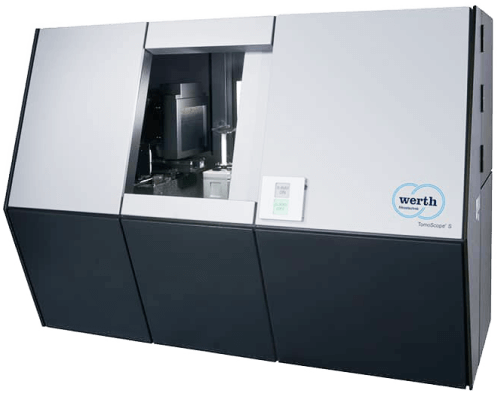Example 1: Deviation Analysis for Quality Control in Production
If a company manufactures metal gears, every day, the factory produces 1000s of gears. Six gears
are taken at random from the production line, and then 3D-scanned. From the time the gear is
initially designed, there is a CAD model. The CAD model is a 3D file with all dimensions of a perfect
gear. This CAD model is compared with the 3D scans from the production line. This is a “nominal
actual comparison”. It is a deviation analysis that shows how much the gears from production
deviate from a perfect gear. Based on this analysis, the engineers can optimize the gear production
machine to improve manufacturing quality.

Example 2: Deviation Analysis for Quality Control in Reverse Engineering
A part is first 3D-scanned, then a reverse-engineered model is created from this 3d scan. However,
the reverse engineering process can only approximate the 3D scan. The differences between the 3D
scan and the reverse engineering are then analyzed and visualized with a deviation analysis and a
false color comparison.

Deviation Analysis in Four Steps
- Import of the nominal data (e.g., CAD file of the perfect gear).
- Import of the actual data (e.g., 3D scan of the manufactured gear).
- Both data sets are superimposed in the analysis software (GOM Inspect)
- The data sets are compared, and a deviation analysis report is created. The differences are
- visualized with a false color comparison.

Deviation Analysis Report
Two 3D models are superimposed using the analysis software “GOM Inspect”. The differences
between the two data sets are displayed in color. Different colors correspond to positive and
negative deviations. On the right side of the report, there is a legend showing a color gradient. Red
means that the actual data is above the nominal data. Blue means that the actual data is below the
nominal data.
Free software GOM Inspect for creating a deviation analysis or nominal actual comparison report
The best and free software to create a deviation analysis or nominal actual comparison report is
GOM inspect. GOM is a company that builds predominantly 3D Scanners but also makes great
software.
Do you require a deviation analysis with your reverse engineering project?
Holocreators offers professional 3D-scanning and reverse engineering services. For quality
assurance, and so that the customer can check how far our reverse engineering deviates from the
original 3D scan, we always deliver a deviation analysis. We would be happy to assist you with your
project. Please call us at +49 40 481133 or send an email info@holocreators.com













